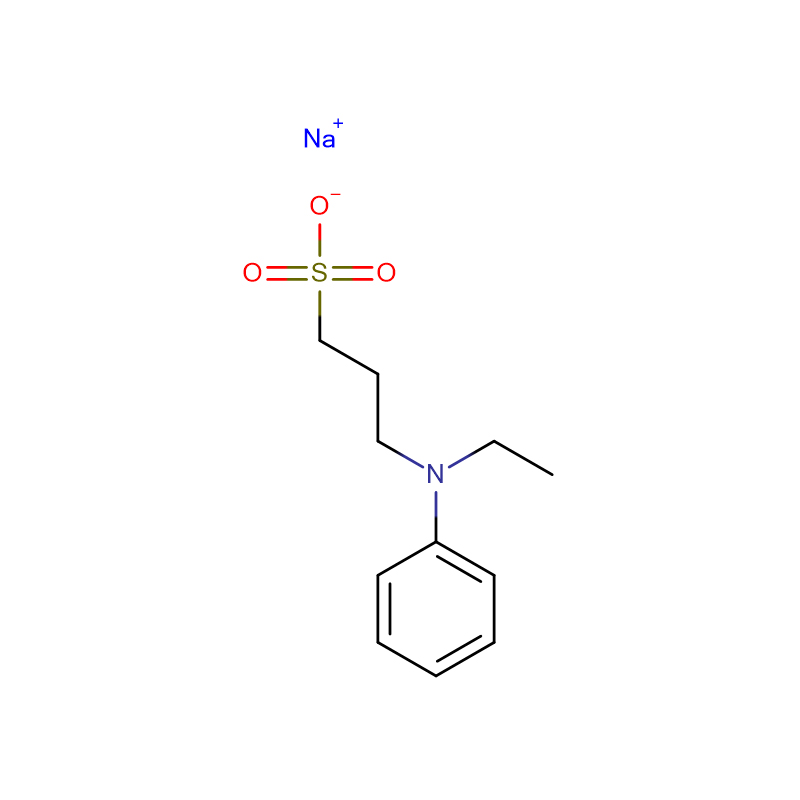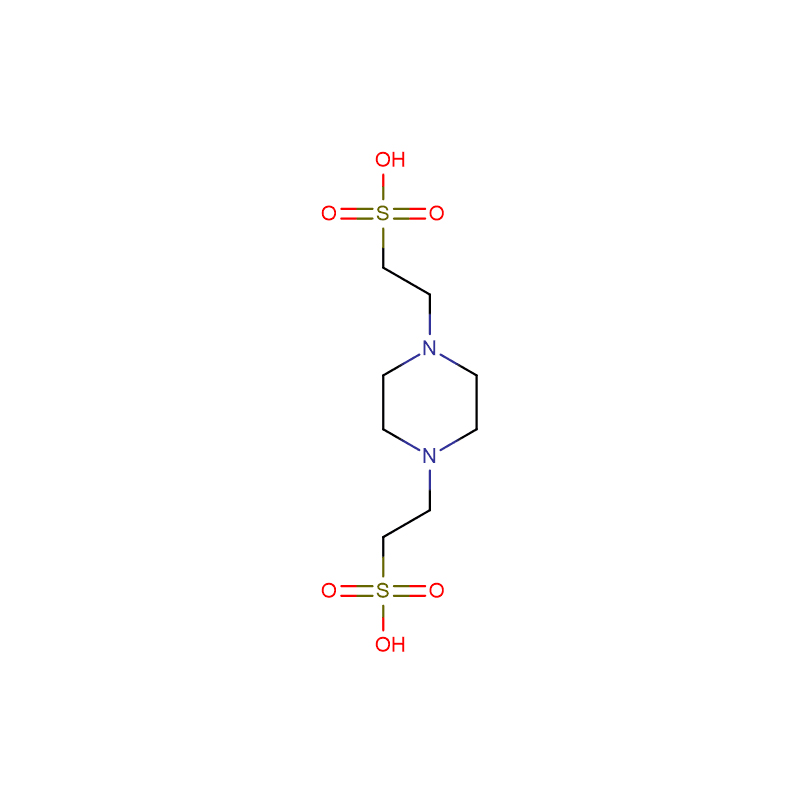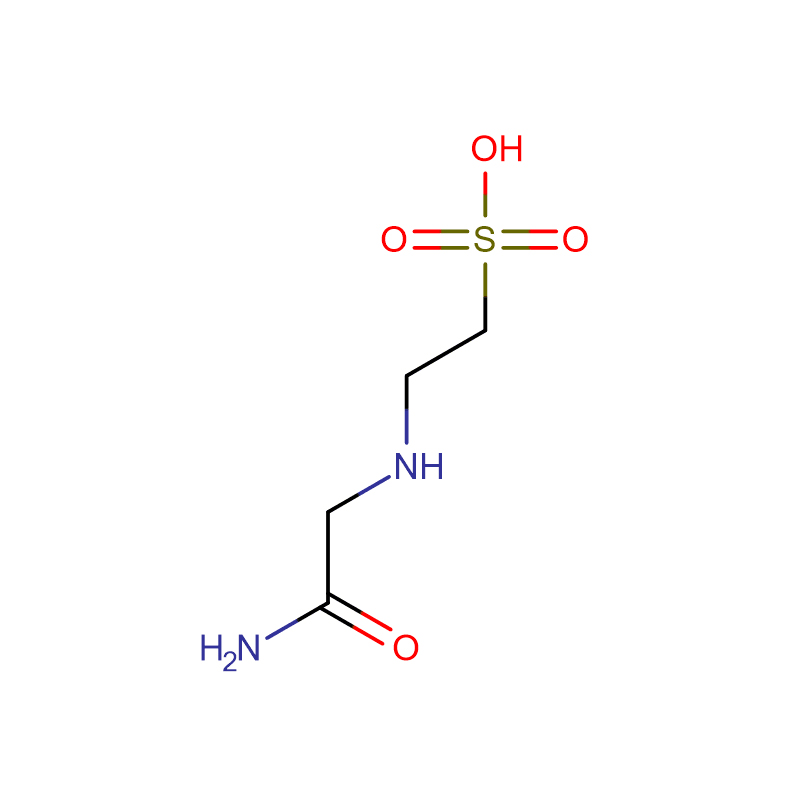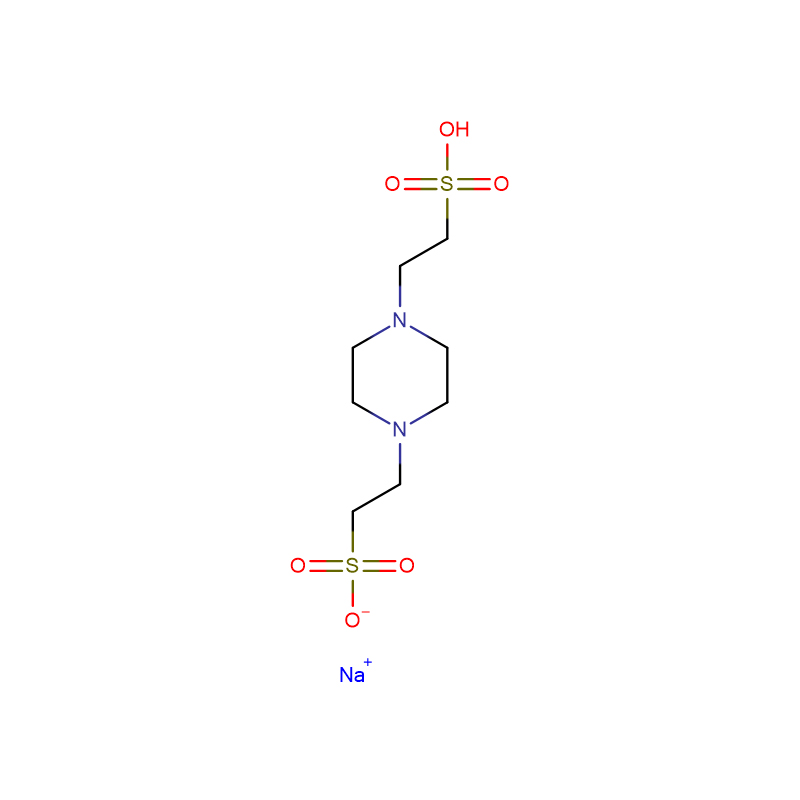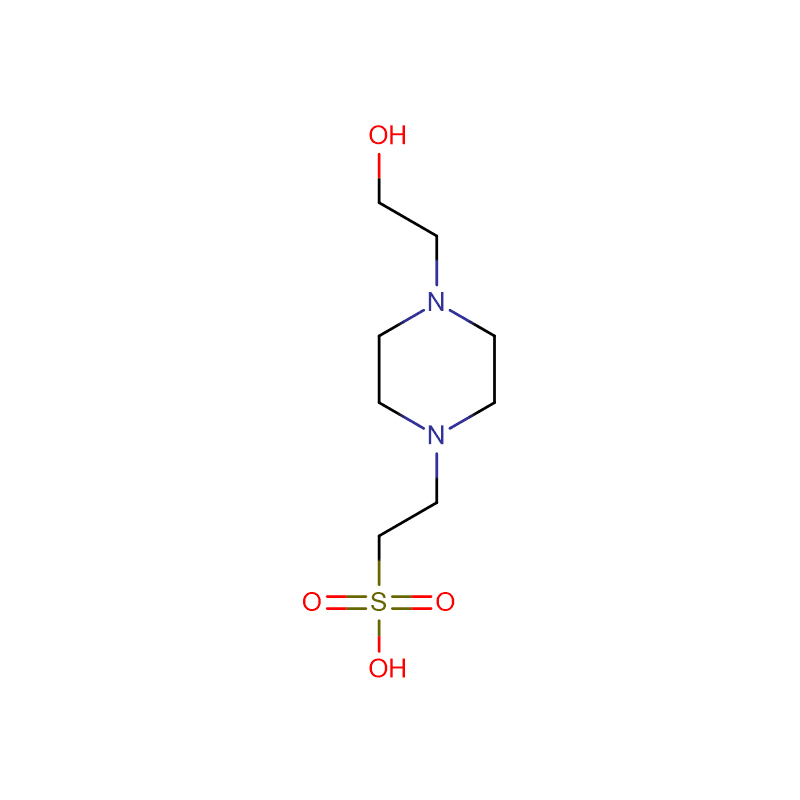BES Cas: 10191-18-1 White powder 99% 2-[N,N-Bis(2-hydroxyethyl)amino]ethanesulfonic acid
| Catalog Number | XD90109 |
|
Product Name |
BES |
|
CAS |
10191-18-1 |
|
Molecular Formula |
C6H15NO5S |
|
Molecular Weight |
213.252 |
| Storage Details | Ambient |
|
Harmonized Tariff Code |
29221900 |
Product Specification
| Assay | >99% |
| Moisture | <1.0% |
| Pka | 6.9 - 7.3 |
| Appearance | White powder |
| A280 nm | <0.08 |
| Solubility (0.1 M in H2O) | Clear and complete |
| UV A260nm | <0.10 |
BES, Free Acid is a zwitterionic buffer that is used in biochemistry and molecular biology research in the pH range of 6.15 - 8.35 for wide applicability to biochemical studies. A protocol has been reported for the use of BES buffered saline in the calcium phosphate mediated transfection of eukaryotic cells with plasmid DNA.A zwitterionic buffer that is used in research in the pH range of 6.15 - 8.35;BES may be employed as binding buffer in modified Eagle′s medium during the binding assay of human melanoma cells. It may be used as biobuffer to investigate the aqueous medium self-assembly of heterometallic CuII/Li 3D coordination polymers.
A biological process for remediation of groundwater contaminated with tetrachloroethylene (PCE) and trichloroethylene (TCE) can only be applied if the transformation products are environmentally acceptable. Studies with enrichment cultures of PCE- and TCE-degrading microorganisms provide evidence that, under methanogenic conditions, mixed cultures are able to completely dechlorinate PCE and TCE to ethylene, a product which is environmentally acceptable. Radiotracer studies with [14C]PCE indicated that [14C]ethylene was the terminal product; significant conversion to 14CO2 or 14CH4 was not observed. The rate-limiting step in the pathway appeared to be conversion of vinyl chloride to ethylene. To sustain reductive dechlorination of PCE and TCE, it was necessary to supply an electron donor; methanol was the most effective, although hydrogen, formate, acetate, and glucose also served. Studies with the inhibitor 2-bromoethanesulfonate suggested that methanogens played a key role in the observed biotransformations of PCE and TCE.


![BES Cas: 10191-18-1 White powder 99% 2-[N,N-Bis(2-hydroxyethyl)amino]ethanesulfonic acid Featured Image](https://cdn.globalso.com/xdbiochems/10191-18-1.jpg)
